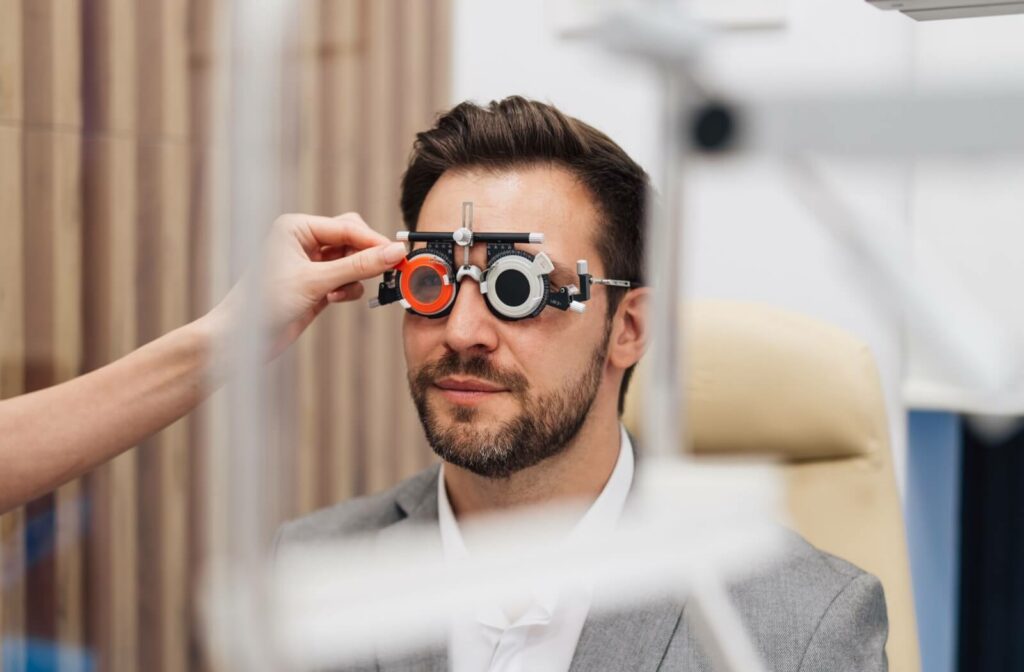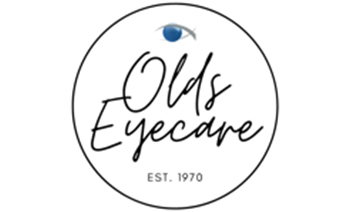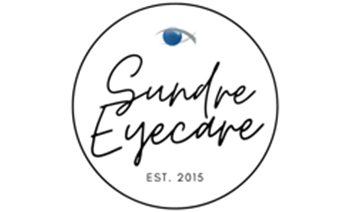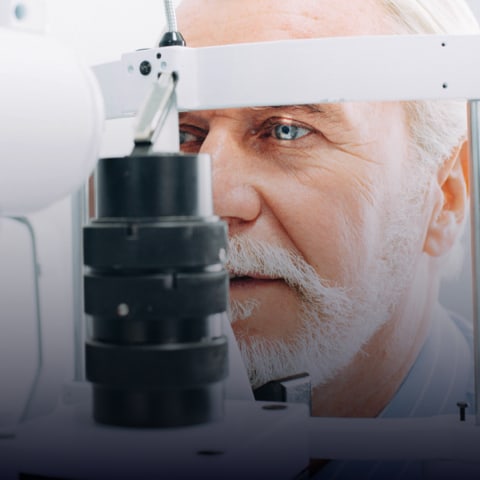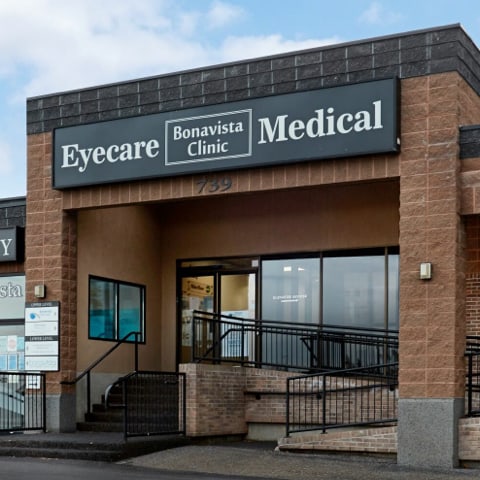Astigmatism is a common vision condition that causes blurred or distorted sight. It often makes daily tasks like reading or driving more challenging. While many people worry that astigmatism will worsen over time, the reality is that it’s usually stable, with only certain factors, like aging, injury, or conditions such as keratoconus, causing changes.
Astigmatism does not always get worse over time, but regular eye exams are important to track changes and protect your vision.
What Is Astigmatism?
Your cornea, the clear dome-shaped tissue at the front of your eye, works together with the lens of your eye to focus light onto your retina. In a healthy eye, both structures have a perfectly spherical shape that bends light evenly.
With astigmatism, either your cornea or lens develops an irregular shape. Instead of being round like a basketball, these structures become more oval or cylindrical—similar to a football. This uneven curvature prevents light from focusing properly on your retina, resulting in blurry or distorted vision at all distances.
Types of Astigmatism
Astigmatism is classified into several categories based on which part of your eye is affected and how severe the irregularity is.
Corneal astigmatism occurs when the cornea has an irregular shape, while lenticular astigmatism involves irregularities in the eye’s natural lens.
Astigmatism can also be categorized as:
- Regular astigmatism: The eye maintains a uniform curve but isn’t perfectly round
- Irregular astigmatism: The eye has an uneven, unpredictable curve pattern
Many people have astigmatism alongside other refractive errors like nearsightedness or farsightedness, which can compound vision problems.
Common Symptoms of Astigmatism
Regardless of the type you have, astigmatism typically causes similar symptoms:
- Blurry or distorted vision at all distances
- Eye strain and discomfort, especially during close work
- Frequent headaches
- Difficulty seeing clearly at night
- Squinting to see better
- Double vision in severe cases
These symptoms can impact your quality of life, making it challenging to drive safely, read comfortably, or perform detailed work.
Does Astigmatism Worsen Over Time?
Most people with astigmatism experience relatively stable vision throughout their lives. However, several factors can cause your astigmatism to change or worsen:
Age-Related Changes
As you age, your eyes naturally undergo changes. Additionally, the lens becomes less flexible over time, making it harder to focus on objects at different distances. While these changes are typically gradual and minor, they can still impact your vision quality.
Regular eye exams help track these changes and keep your prescription current according to your ocular needs.
Eye Trauma & Injury
Your eyes are delicate organs that can be affected by direct or indirect trauma. A blow to the head, facial injury, or direct eye trauma can alter the shape of your cornea or lens, potentially worsening astigmatism or creating new vision problems.
If you’ve experienced any type of head or eye injury, schedule an appointment with your optometrist promptly, even if you don’t notice immediate vision changes.
Keratoconus
This progressive condition causes the cornea to thin and bulge into a cone shape, often worsening existing astigmatism. Keratoconus typically develops during adolescence or early adulthood and requires specialized treatment from an experienced eye care professional.
Early detection and proper management are crucial for preventing vision loss and maintaining quality of life with keratoconus.

Treatment Options for Astigmatism
Modern eye care clinics offer several options for managing astigmatism—from specialty contact lenses to surgical consultations.
Speciality Contact Lenses
Toric contact lenses are specifically designed to correct astigmatism. These lenses have different powers in different meridians to compensate for irregularities in the cornea or lens. They’re also weighted to maintain proper orientation on your eye, helping ensure consistent vision correction.
Depending on the degree of astigmatism, several other lens options are available:
- Rigid gas permeable (RGP) lenses provide crisp vision by creating a smooth optical surface over your irregular cornea.
- Scleral lenses are larger lenses that vault over your entire cornea, offering excellent comfort and vision for severe astigmatism.
- Hybrid lenses combine the visual clarity of RGP lenses with the comfort of soft lenses.
- Custom soft lenses are designed for high levels of astigmatism.
Bifocal & Multifocal Options
If you have astigmatism along with presbyopia (age-related near vision problems), bifocal lenses can address both conditions simultaneously. These lenses allow you to see clearly at multiple distances while correcting your astigmatism.
Orthokeratology (Ortho-K)
This non-surgical treatment uses specially designed RGP lenses worn overnight to gently reshape your cornea. When you remove the lenses in the morning, you can enjoy clear vision throughout the day without glasses or contacts.
Ortho-k is particularly popular among athletes and people who prefer not to wear corrective lenses during the day.
Laser Eye Surgery Consultation
For adults with stable prescriptions, laser eye surgery can permanently correct astigmatism by reshaping the cornea with precision laser technology. However, not everyone qualifies for surgery, so a consultation with your optometrist is necessary to determine if you’re a good candidate.
Maintaining Healthy Vision With Astigmatism
Astigmatism rarely causes serious complications, but proper management is important to maintaining comfortable vision and preventing strain. With options like specialty contact lenses, glasses, or surgical correction, modern care makes clear vision possible at every stage of life.
For families outside Calgary, we also have clinics in Olds, Sundre, and Carstairs to help you get an accurate diagnosis and help your family get back to normal sooner.
Book your comprehensive eye exam at Eye Care Clinics today to keep your vision sharp and your eyes healthy.


